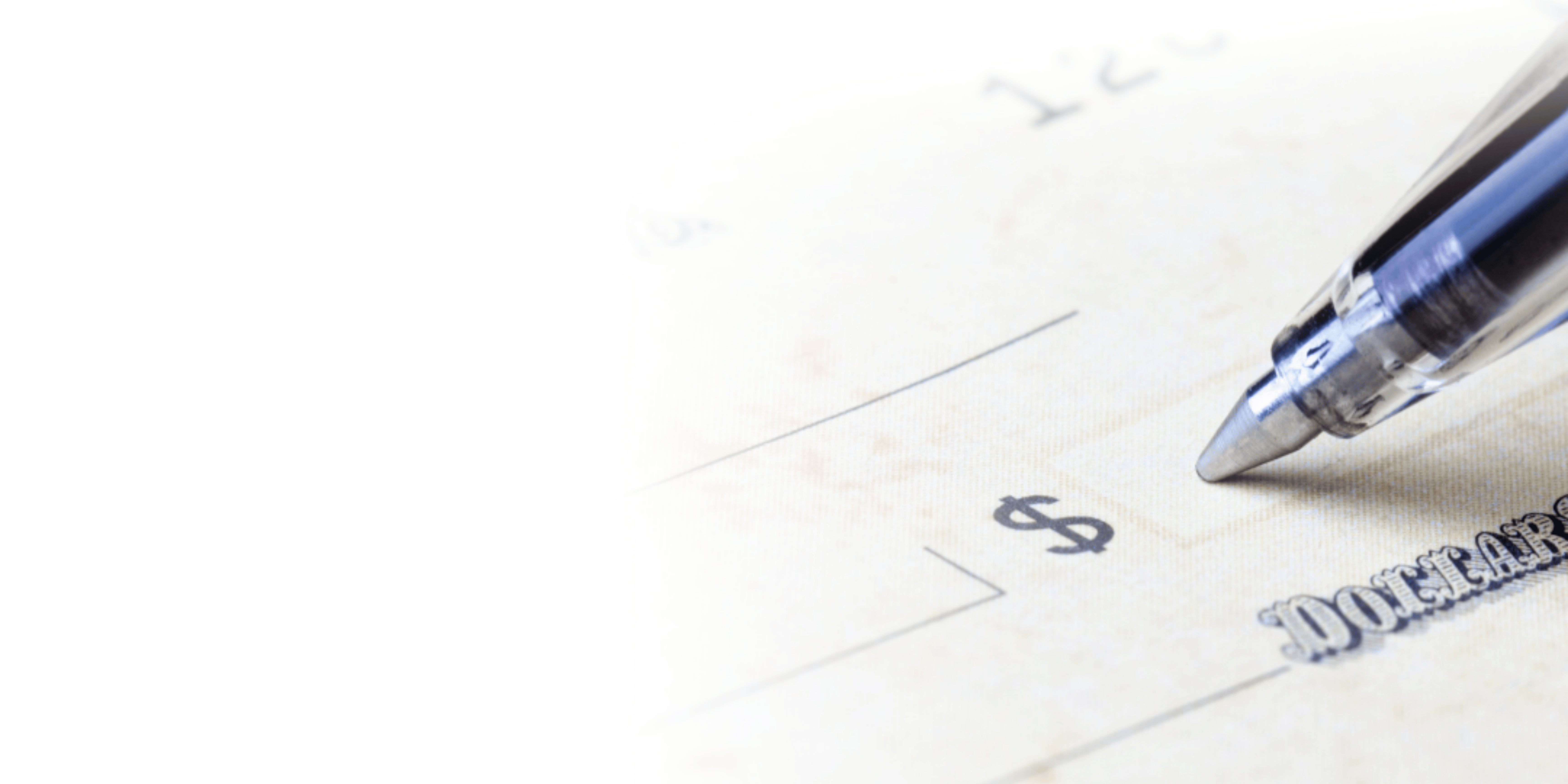Beware Of Check Fraud


Despite the rise of digital banking, one of the oldest financial scams & one of the most reported frauds: check fraud. It remains a major threat to both businesses and individuals, with the Association for Financial Professionals reporting that 63% of organizations were victims of check fraud last year.
Check fraud is a low-tech crime with high-tech consequences. Criminals are targeting paper checks with a variety of methods to steal money directly from your account.
How Checks Are Exploited
Criminals are drawn to checks because of their physical vulnerability and the wealth of information they contain. Here's a look at how it works:
Theft and Washing: Scammers often steal checks directly from mailboxes. Once they have a physical check, they can chemically "wash" the ink off and rewrite the payee and amount. They can also use the information on the check—your name, address, bank name, account number, and routing number—to create entirely new, fake checks.
Counterfeiting: A single stolen check can be used as a template to print hundreds of counterfeit checks. With high-resolution scanners and printers, criminals can create realistic forgeries that are difficult to spot.
Digital Manipulation: The threat has also moved online. Scammers can manipulate digital images of checks to alter amounts or payees before a mobile deposit, or they can use stolen account information to create fraudulent digital checks.
Best Practices for Check Writing and Mail Security
While moving toward digital payments is highly recommended, sometimes writing a physical check is unavoidable. If you must, follow these best practices to reduce your risk:
- Use a Permanent Ink Pen: Opt for a black gel pen to write checks. The ink from these pens is much harder for fraudsters to "wash" off with chemicals, a common tactic for altering payee names and amounts.
- Fill in All Fields Completely: Avoid leaving any blank spaces on the check. Draw a line through any unused space on the payee and amount lines to prevent anyone from adding extra words or numbers.
- Limit Personal Information: Never include sensitive details in the memo line, such as your full Social Security number or account passwords.
To protect your mail, consider using the USPS Informed Delivery service. This free service sends you daily email digests with scanned images of the exterior of your incoming mail. This way, you can see what mail is scheduled to be delivered, and if a check or sensitive document doesn't show up, you'll know it was likely intercepted.
To sign up for Informed Delivery:
- Visit the official USPS website and create an account.
- Verify your identity online or, if prompted, request a mailed verification code.
- Once enrolled, you'll start receiving daily email digests with previews of your mail
More Secure Alternatives to Checks
In today's digital age, safer and more convenient alternatives to checks are widely available. Consider using these options to protect your finances and simplify your payments.
1. Online Bill Pay
Most financial institutions offer a free online bill pay service that lets you schedule and send payments directly from your bank account to payees.
- How it Works: You enter the payee's information (like a utility company or credit card provider) into your bank's online platform. Your bank then sends the payment electronically or, if needed, issues a secure check from their own account.
- Security Benefits: Payments are initiated from within your secure banking portal, so your personal account and routing numbers are never exposed to the payee. This eliminates the risk of mail theft and check washing.
2. Mobile Wallets
Mobile wallets, such as Apple Pay®, Google Pay™, and Samsung Pay™, are a highly secure way to make in-person and online payments.
- How it Works: Your credit or debit card information is not directly stored on your phone. Instead, the mobile wallet uses a process called tokenization, which replaces your card number with a unique, encrypted "token" that's useless to fraudsters if intercepted.
- Security Benefits: Each transaction is protected by encryption and requires a form of authentication, like your fingerprint, face ID, or a passcode, adding an extra layer of security beyond your physical card.
By leveraging these modern tools and adopting vigilant habits, you can significantly reduce your risk of becoming a victim of check fraud. If you suspect any fraudulent activity, contact your financial institution immediately.
Want to learn more about safe banking practices? Visit our Security Center for additional resources and tips.
ConnectOne Bank offers financial products and custom solutions to help our clients achieve financial prosperity for themselves, their family and their business. Explore our offerings online, including checking and savings accounts, business bank accounts, business loans, mortgages, home equity loans and much more. Bank online or at one of our convenient New Jersey, New York, and South Florida locations.

You are leaving ConnectOne Bank's Website
By continuing, you will be leaving the ConnectOne Bank website.
ConnectOne Bank is not responsible for accuracy, security, content, or services offered by other websites; we encourage you to view privacy & security disclosures of all websites you visit as they may be different than those of ConnectOne Bank.
Visit our site again soon.
Email disclaimer
Email is not a secure transmission route. Thus we ask that you never send sensitive personal information like Social Security numbers, Account numbers, Credit Card numbers or any type of password via email to ConnectOne Bank or anyone else. Please call us when submitting this information. Please click Send an Email to continue...
